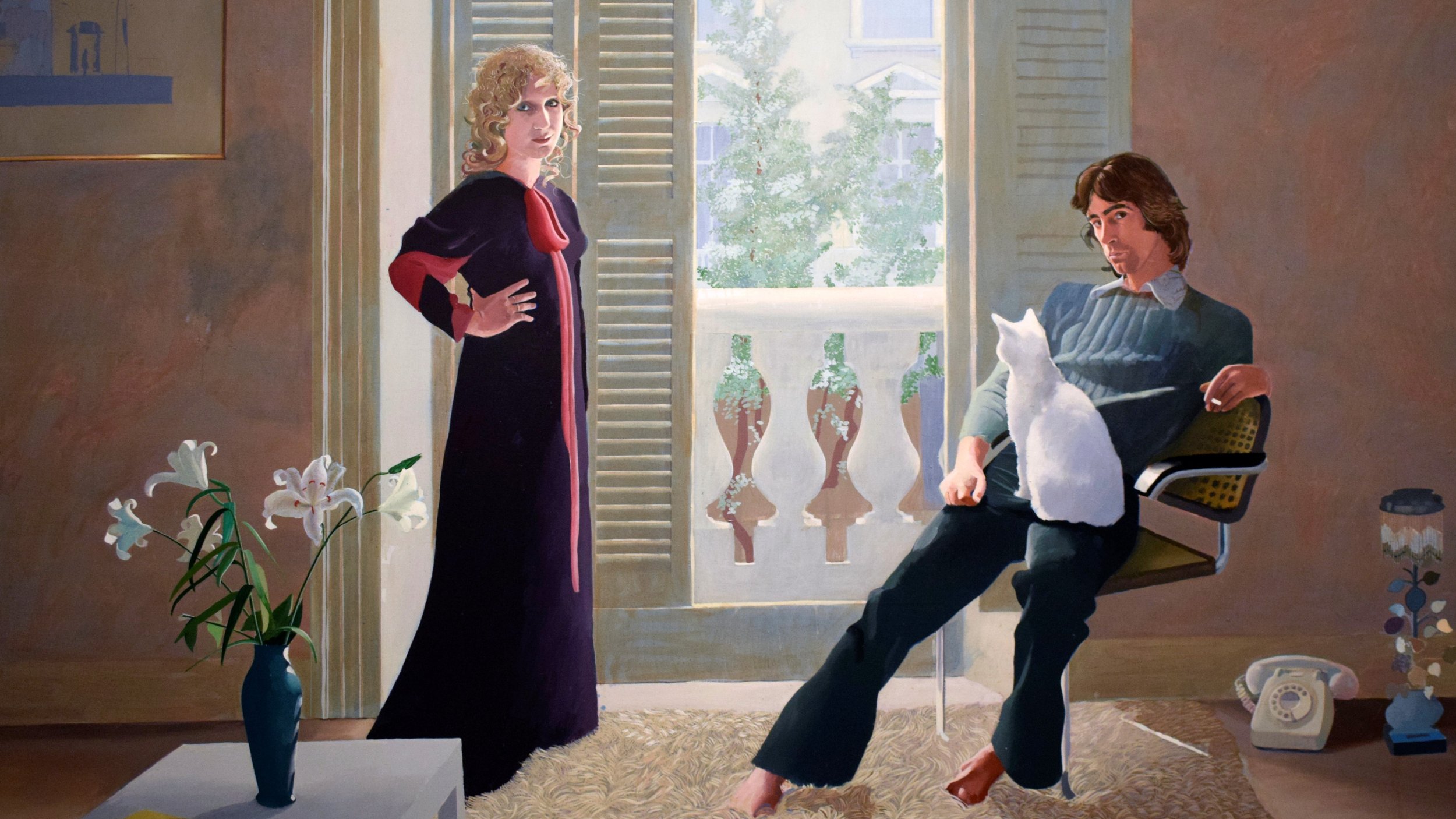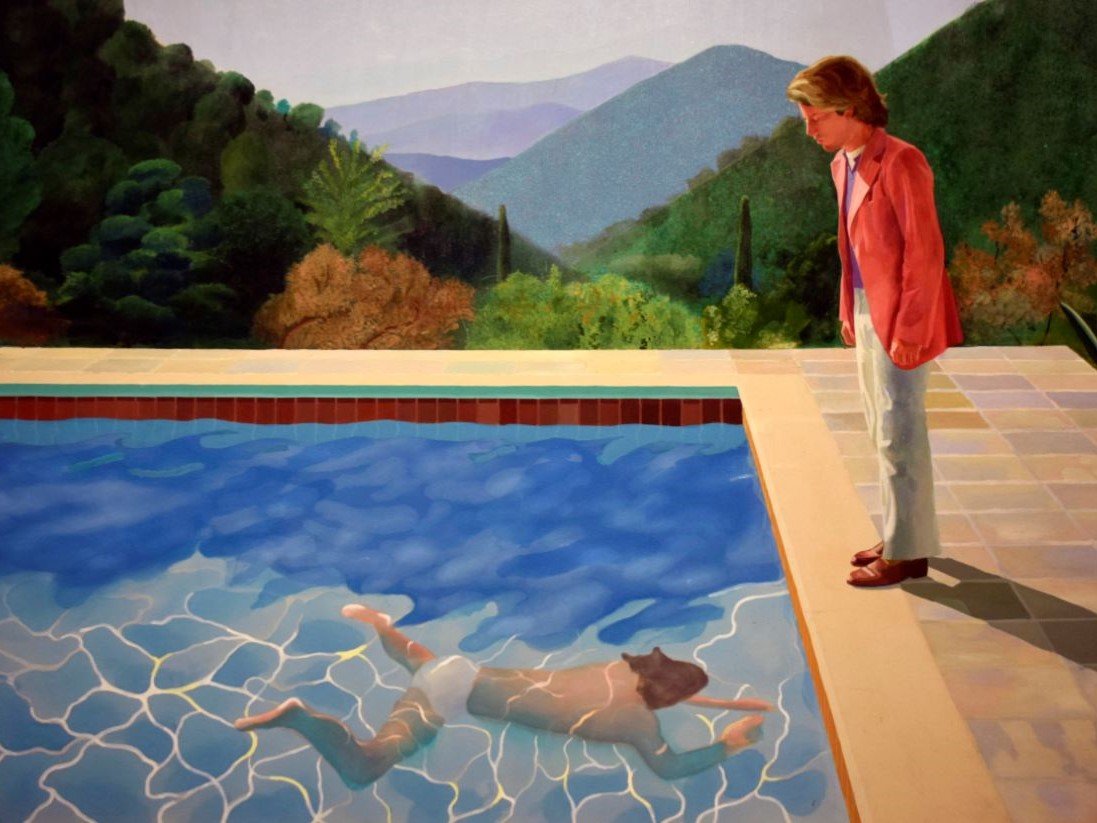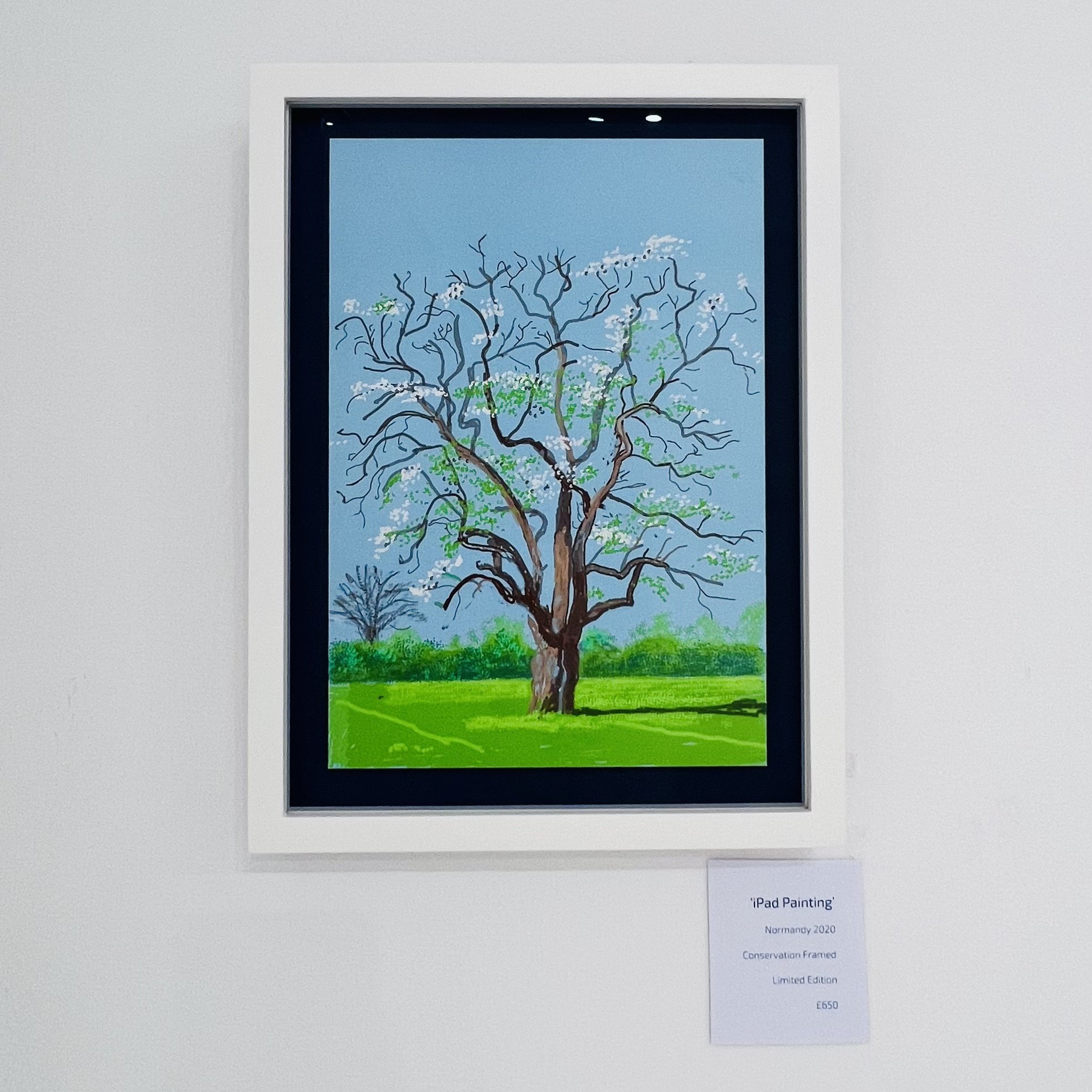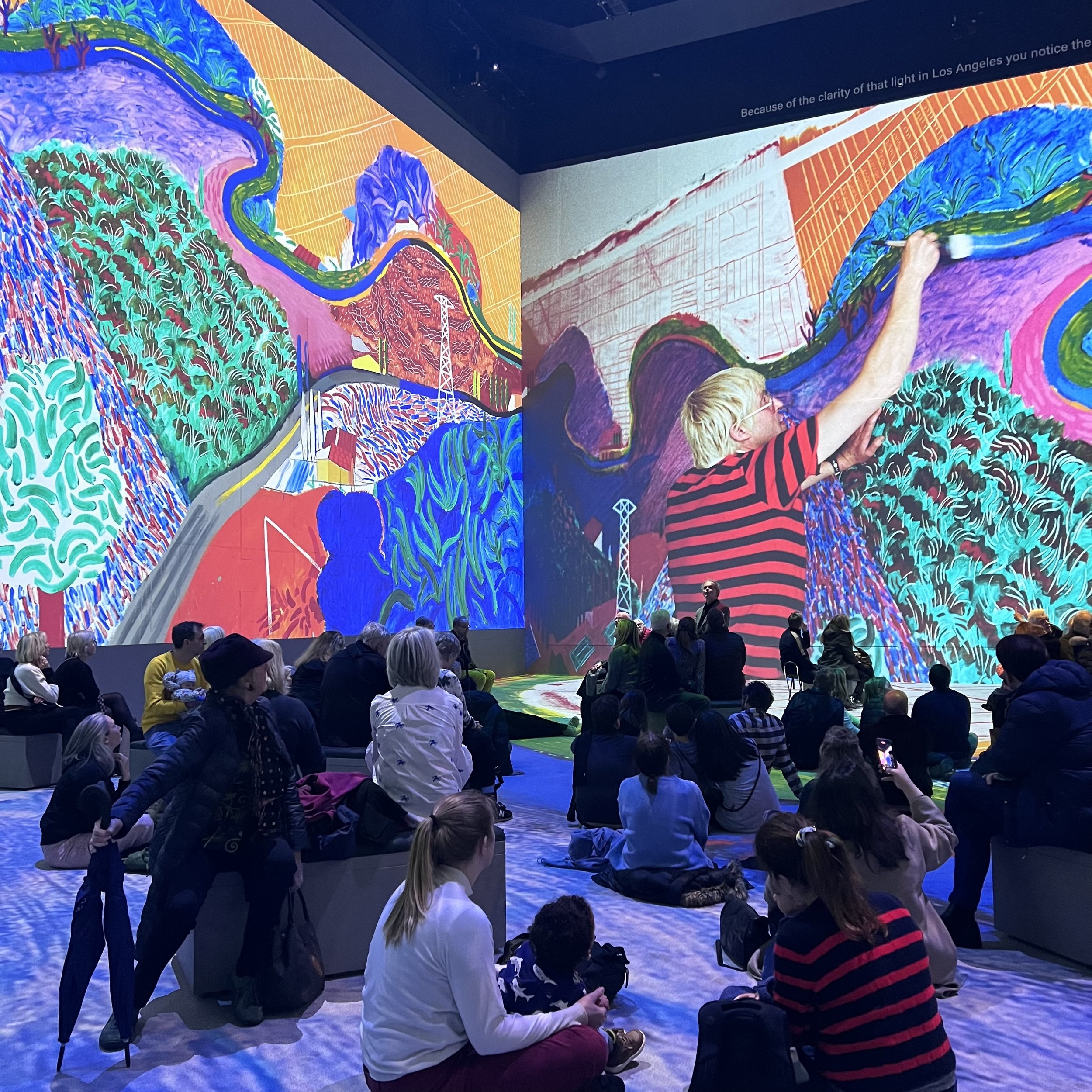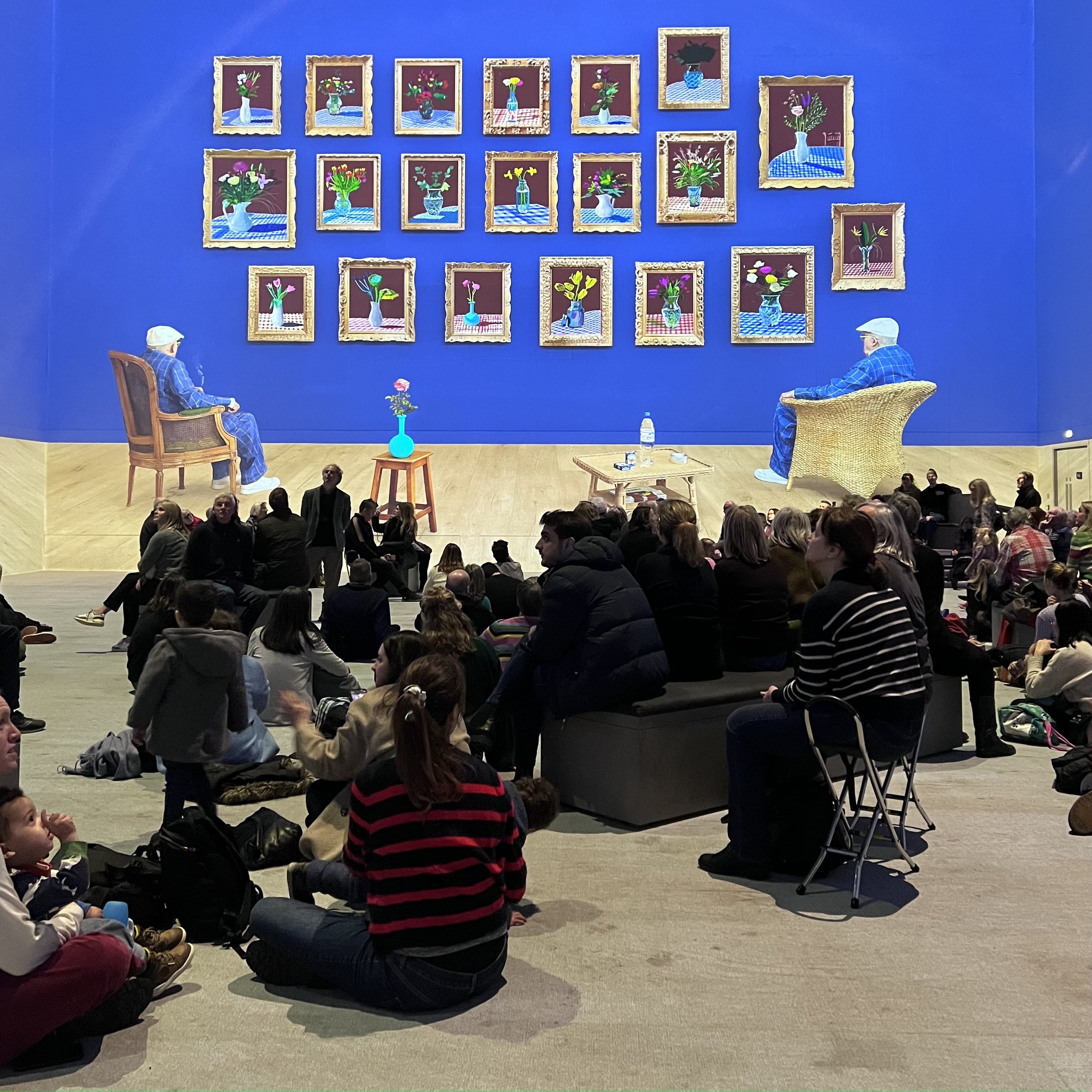Artist Profile: The Life and Art of David Hockney
With a career spanning over six decades, David Hockney has cemented his status as a cultural icon of the 20th century. Known for his pop art style and innovative techniques, including the use of technology, Hockney's impact on the art world cannot be overstated. He is not just a painter, but he has explored various mediums including illustration, photography, printmaking, stage set design, and draftsmanship.
In this blog post, I delve into the life and work of David Hockney, exploring his enduring legacy and influence on art. His artistic style, as well as his pioneering use of technology, will also be discussed at length.
Throughout his illustrious career, Hockney's work has captivated audiences worldwide, with his unique approach to art inspiring countless others. By exploring his life and work, I hope to shed light on the impact that David Hockney has had on the world of art and beyond.
Table of Contents
David Hockney’s Early Life and Education
David Hockney’s Rise to Prominence
David Hockney’s Experimentation and Evolution
David Hockney’s Later Career and Legacy
David Hockney’s Early Life and Education
David Hockney was born in Bradford, Yorkshire, England in 1937. His upbringing in the north of England, and the support of his parents from an early age would shape his artistic vision and sensibility throughout his life.
David Hockney was deeply influenced by the works of Pablo Picasso and Henri Matisse. Hockney's interest in the avant-garde art movements of the time, such as Pop Art and Abstract Expressionism, would also inform his artistic development.
At Bradford School of Art, where David Hockney attended between 1953 to 1957, he studied a range of artistic disciplines, including painting, drawing, and printmaking. Following his time at Bradford School of Art, David Hockney would go on to attend the Royal College of Art in London, between 1959 and 1962.
At the Royal College of Art, Hockney was exposed to a wide range of artistic styles and techniques, and he quickly made a name for himself as a rising talent in the British art scene. He experimented with a variety of mediums, including oils, acrylics, and watercolours. He also began to develop his signature style, which combined bright colours, bold outlines, and a playful sense of humour.
By the time he graduated in 1962, Hockney was already viewed as a promising young artist and had received critical acclaim for his unique approach to figurative painting.
Having visited the United States in 1961, David Hockney moved there in 1964 to become a teacher at the Universities of Iowa, California, and Colorado. From that point on, he became a regular visitor to the States and settled permanently in Los Angeles in 1978.
David Hockney’s Rise to Prominence
David Hockney's approach to art quickly led to his emergence as a key figure in the British Pop Art movement of the 1960s. His work became synonymous with the era's vibrant, youthful spirit and marked a new direction for contemporary art.
Hockney's paintings during this period were characterised by bold, vibrant colors and an unmistakable sense of energy and movement.
Some of his most iconic works from this period , include:
‘A Bigger Splash’ (1967), which depicts a swimming pool with a large splash of water. The painting's dynamic composition and vivid colours perfectly capture the energy and excitement of the era.
‘Mr and Mrs Clark and Percy’ (1970-71), a portrait of his friends with their cat, Percy. The painting is notable for its use of space and unique composition.
‘Portrait of an Artist’ (Pool with Two Figures) (1972) is autobiographical subject matter that displays a confident style. There is a tranquillity to the scene.
As Hockney's fame grew, he began to attract international attention and exhibited his work in major galleries around the world, including the Metropolitan Museum of Art in New York, the Tate Gallery in London, and the Centre Pompidou in Paris. His work during this period continued to push the boundaries of what was possible in contemporary art, exploring themes of sexuality and identity.
His rise to prominence in the 1960s and 70s would establish him as one of the most important artists of the modern era, and his influence can still be felt in contemporary art today.
David Hockney’s Experimentation and Evolution
David Hockney is an artist who has never been content to rest on his laurels. Throughout his career, he has consistently pushed the boundaries of what is possible in art, experimenting with new styles and techniques and continually evolving his practice. This period of experimentation and evolution began in the 1970s, when Hockney started to move away from the Pop Art style that had made him famous and began exploring new avenues of artistic expression.
Hockney's shift away from Pop Art was driven in part by a desire to explore new forms of representation.
Illustrations - He experimented with illustrations, and published these in book form, such as ‘Six Fairy Tales of the Brothers Grimm’, 1970 and ‘The Blue Guitar’, 1977.
Photography - He began to experiment with photography, using it to capture images of everyday life and the world around him. This experimentation with photography led to some of his most famous works from this period, such as ‘Pearblossom Highway’, 1986, which features a series of Polaroid photographs taken by Hockney, which he then arranged into a striking collage that captures the essence of the American landscape.
Landscapes - Another area of experimentation for Hockney during this period was landscapes. He began to explore the possibilities of representing the natural world in new and exciting ways, creating works that were characterised by bold colors and vivid, dynamic compositions. One notable example of this is ‘My Mother, Bolton Abbey’, 1982, an image of his mother placed in a scene from the Yorkshire countryside where Hockney spent much of his childhood.
David Hockney’s Later Career and Legacy
David Hockney's career has spanned more than six decades, and he has continued to evolve and experiment with new styles and techniques.
In the 21st century, he has embraced digital media, using his iPad to create a series of vibrant and colorful digital paintings.
Hockney's iPad paintings have been exhibited in galleries around the world, and have been celebrated for their use of colour and light.
The immersive exhibition ‘David Hockney: Bigger & Closer (not smaller & further away)’ has recently opened in London. Created by David Hockney himself, this exhibition is a testament to his ability to embrace new technology.
These works represent a new phase in Hockney's career, and have cemented his reputation as a pioneering artist who is unafraid to embrace new technologies and methods.
In addition to his immersive exhibition and work on the iPad, Hockney has continued to paint and create art using traditional methods. His recent paintings and drawings have explored a range of subjects, from portraits of his friends and family to landscapes and still life.
David Hockney’s Personal Life
David Hockney's personal life has been the subject of much interest throughout his career.
David Hockney came out as gay back in 1962, at the age of 23, while living and studying in London. This was seven years before Britain decriminalized homosexuality.
One of the most fascinating things about Hockney's work is how he explores gay love as a subject matter, and how he challenges and destigmatises gay relationships.
His painting 'We Two Boys Together Clinging' (1961), which is specifically named after a poem by Walt Whitman, depicts two men embracing, is awe-inspiring.
'Domestic Scene, Los-Angeles' (1963), depicts a tender moment between two men, one washing the other's back in the shower. It's an incredibly intimate portrayal of love that would have been considered scandalous in its day.
But Hockney's impact goes beyond his depictions of gay love. He's inspired LGBTQ artists and activists for decades with his bold, unapologetic art.
My Final Thoughts on David Hockney and his Artworks
David Hockney is an icon of contemporary art, whose contributions to the field have been immense and far-reaching.
Hockney's artistic journey is a testament to the power of creativity and the importance of pushing boundaries and challenging conventions.
His works continue to captivate audiences and inspire new generations of artists, and his influence can be seen in the works of countless contemporaries. Hockney has remained a constant presence in the art world and continues to be an important voice on the contemporary art scene.
For for more information about where you can see David Hockney’s artworks in London, please read here. His most recent exhibition is one of several immersive experiences in London during 2023, to find out about them please read here.
I hope you have found this blog post useful, if you would like to get in contact, please email me at [email protected].


